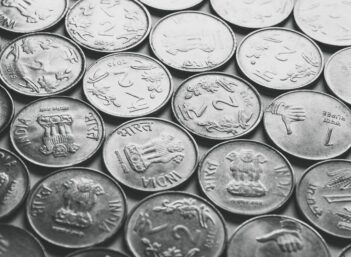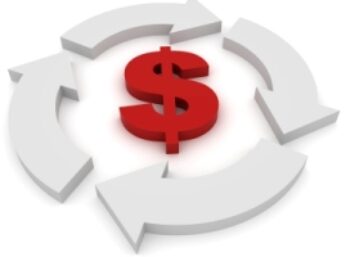What is Cash Flow After Taxes (CFAT)?
Cash flow after taxes (CFAT) is a measure of a company's ability to generate positive cash flow after deducting taxes.
How Does Cash Flow After Taxes (CFAT) Work?
The general formula for CFAT is:
CFAT = Net Income + Depreciation + Amortization
Sometimes analysts also add back other non-cash items and proceeds from debt or equity issuance.
Let's assume Company XYZ made $1,000,000 of net income by selling widgets last year. One of its expenses (on the income statement) was $25,000 of depreciation on its equipment. Using the formula above, we can calculate that Company XYZ's CFAT was:
CFAT = $1,000,000 + $25,000 = $1,025,000
note that net income, by definition, is after taxes. Thus, CFAT is also an after-tax measure.
Why Does Cash Flow After Taxes (CFAT) Matter?
The biggest reason analysts and investors use CFAT is to determine whether a company has the money to pay a cash dividend or distribution (note that having a positive CFAT does not automatically mean it's prudent for the company to pay a dividend or distribution).
It is important to note that different industries have different levels of capital intensity (and thus different levels of depreciation and amortization). Thus, comparisons of CFAT are best made among companies within the same industry.



